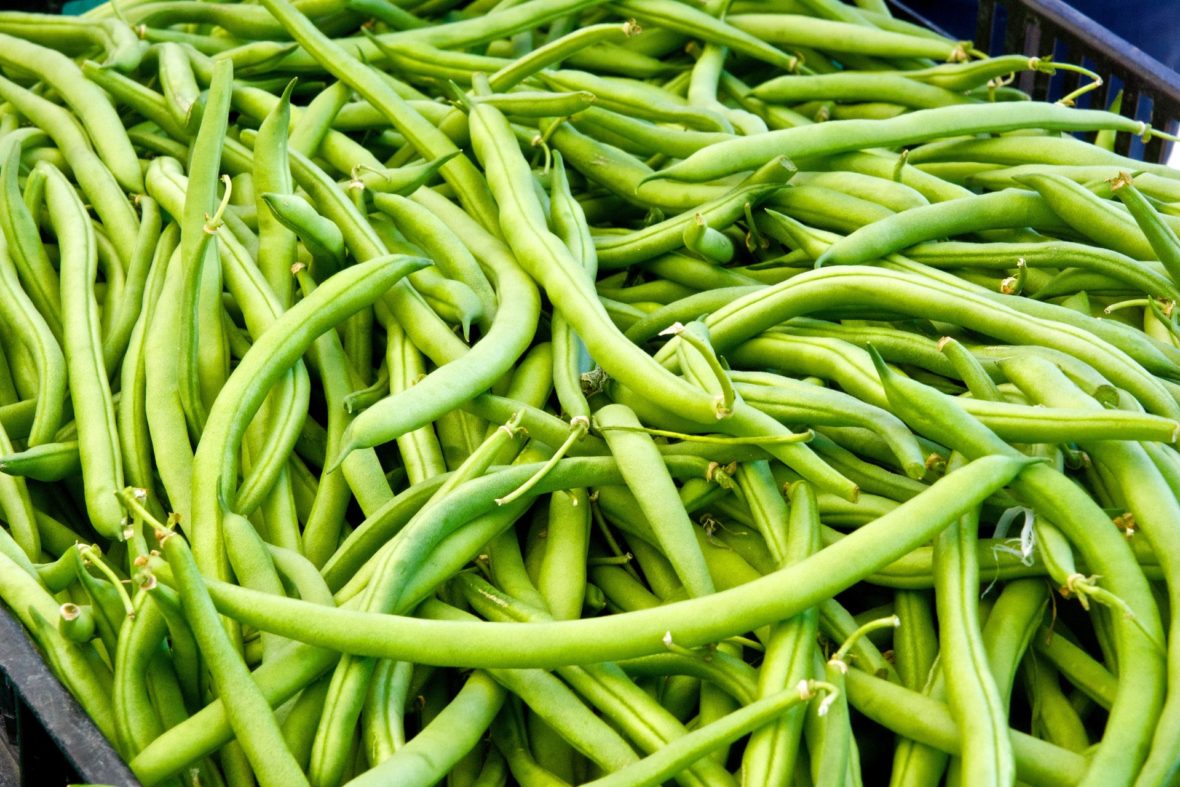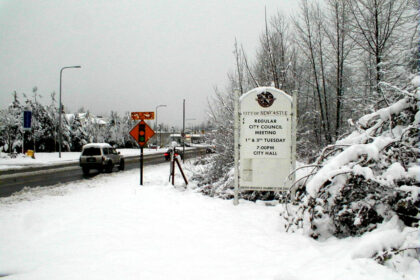Green beans are the unripe, young fruit and protective pods of various cultivars of the common bean. Immature or young pods of the runner bean, yardlong bean, and hyacinth bean are used in a similar way. Take a look below for 25 more fun and fascinating facts about green beans.
1. Green beans are known by many common names, including French beans, string beans, snap beans, and snaps.
2. They are distinguished from the many differing varieties of beans in that green beans are harvested and consumed with their enclosing pods, typically before the seeds inside have fully matured.
3. In the past, beans pods often contained a “string”, which was a hard fibrous strand running the length of the pod.
4. Before, the fibrous strand that was attached to the bean pods was removed before cooking, or made edible by cutting the pod into short segments.
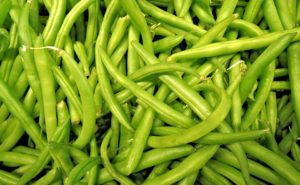
5. Modern, commercially grown green bean varieties lack the hard fibrous strand altogether.
6. Green beans are eaten around the world and are marketed canned, frozen and fresh.
7. They’re often steamed, boiled, stir-fried, or baked in casseroles.
8. A dish with green beans popular throughout the United States, particularly at Thanksgiving, is green bean casserole, which consists of green beans, cream of mushroom soup and French fried onions.
9. Some U.S. based restaurants serve green beans that are battered and fried, while some Japanese restaurants serve green bean tempura.
10. Green beans are sometimes sold dried, and fried with vegetables such as carrots, corn, and peas, as vegetable chips.
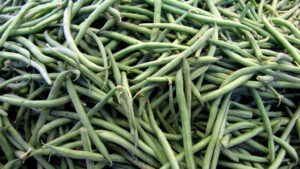
11. The first “stringless” bean was bred in 1894 by Calvin Keened, who is known as the “father of the stringless bean,” while working in Le Roy, New York.
12. Green beans are classified by growth habit into two major groups, “bush” beans and “pole” beans.
13. Bush beans are short plants, growing no more than 2 feet in height, often without requiring support. They generally reach maturity and produce all of their fruit in a relatively short period of time, then cease to produce.
14. Pole beans have a climbing habit and produce a twisting vine, which must be supported by poles, tellises or other means. Pole beans can be common beans, runner beans or yardlong beans.
15. Over 130 varieties of green bean are known.
16. Leaves of green beans can be green or purple in color. They’re divided in three lobes and have smooth edges. Leaves are alternately arranged on the stem.
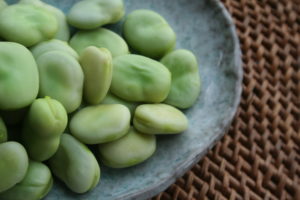
17. Green beans produce white, pink or purple flowers which are usually pollinated by insects.
18. They propagate through seeds. It takes about 45 to 60 days from planting to harvesting.
19. Green beans are a rich source of proteins, carbohydrates and dietary fibers. They also contain vitamins of the B group, vitamins C and K and minerals such as magnesium, iron and manganese.
20. Green beans need to be cooked before consumption. Steaming, boiling, frying and baking are usual methods used for preparation of dishes made of green beans.
21. Raw green beans have a high content of lectins which can be harmful for human health. The high temperature when cooking destroys lectins.
22. China is the biggest manufacturer of green beans. It produces and exports over 15 million tons of green beans each year.
23. Leaves of green beans are covered with miniature hairs which are used for trapping of bed bugs.
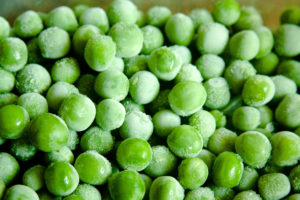
24. It’s an annual plant, which means that it finishes its life cycle in one year.
25. The green bean plants originated from Peru, but can be found all around the world today. People have cultivated and eaten green beans for at least 7000 years.

